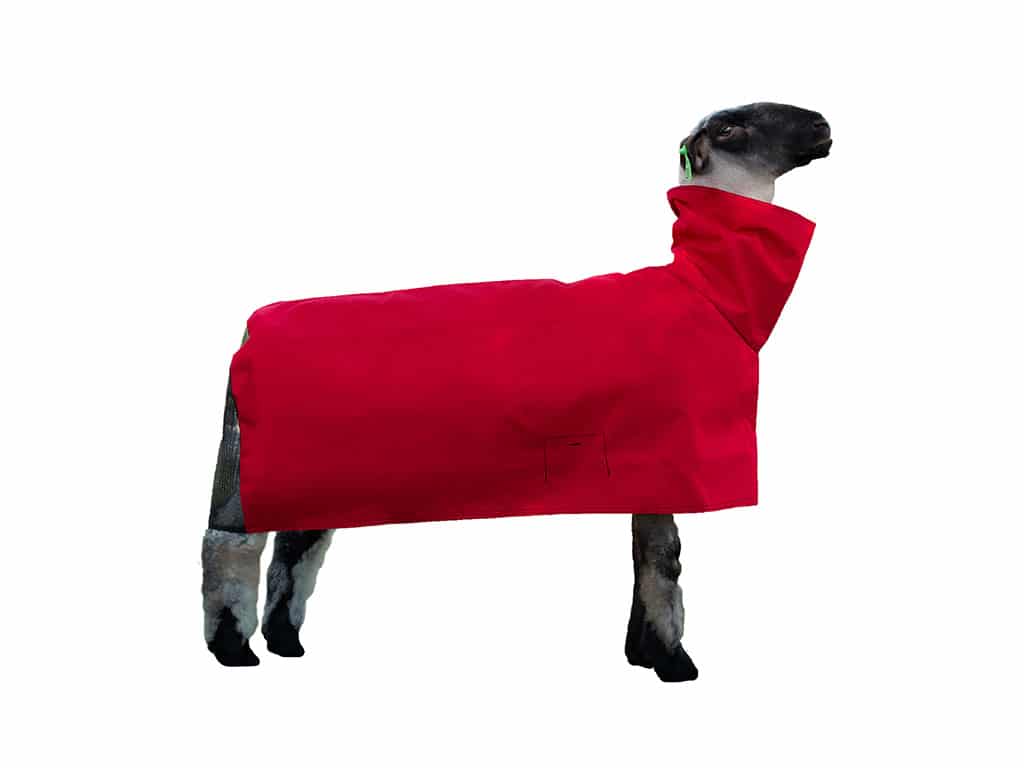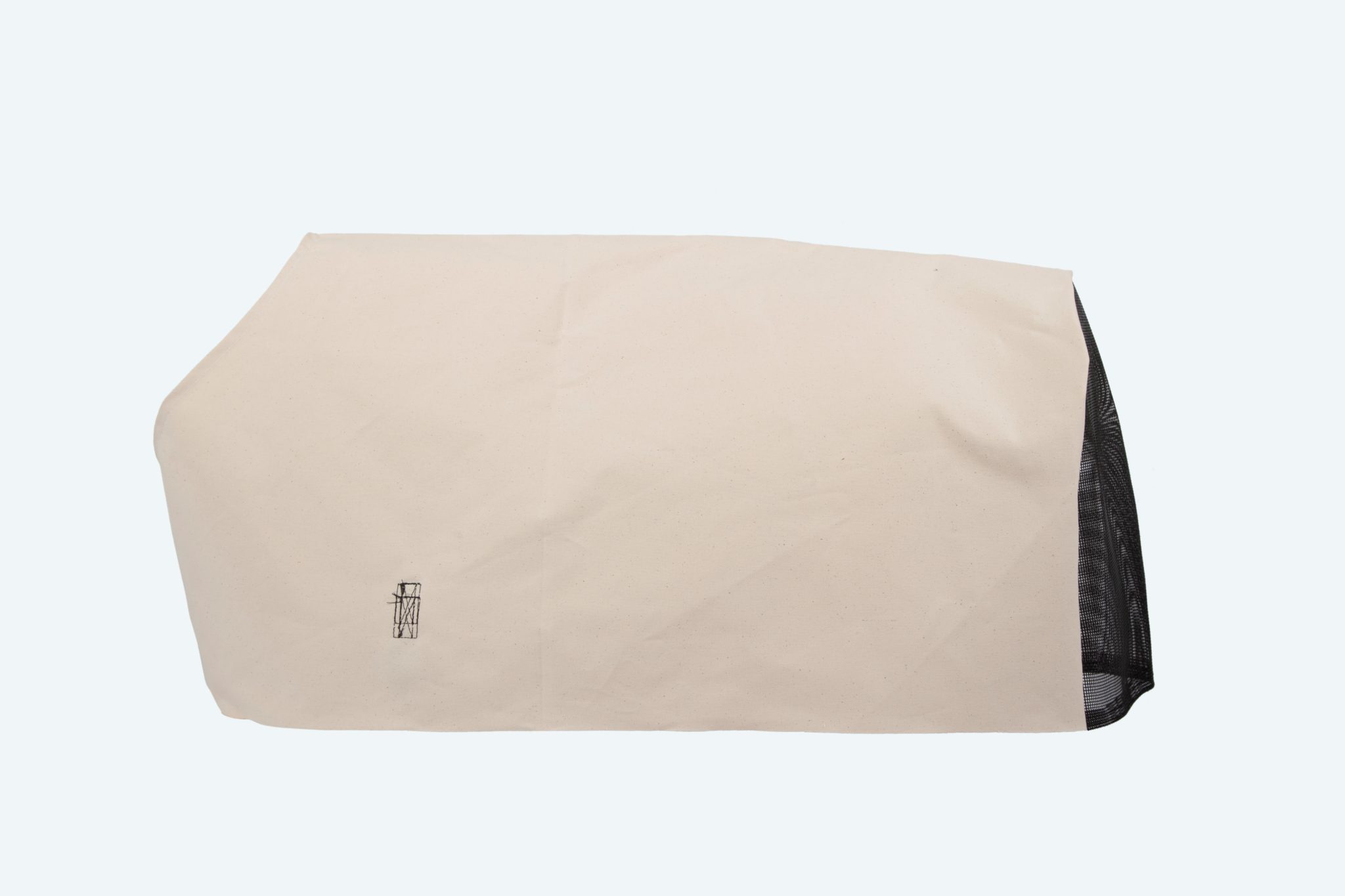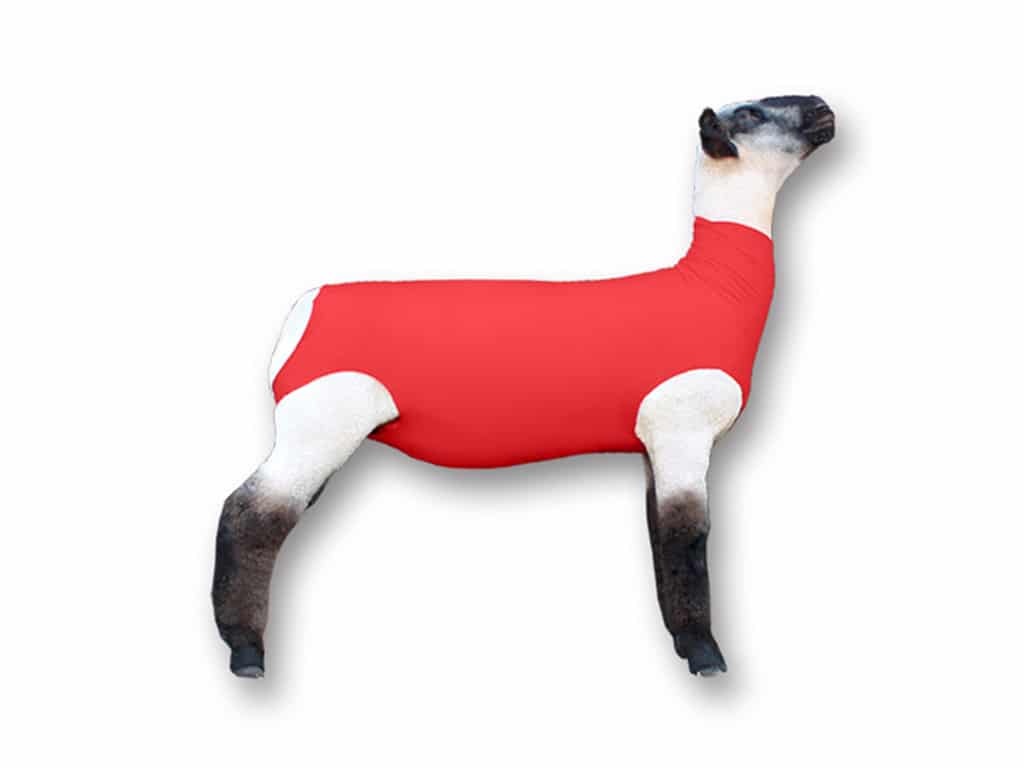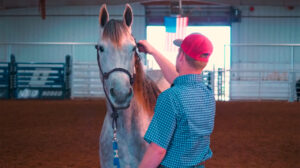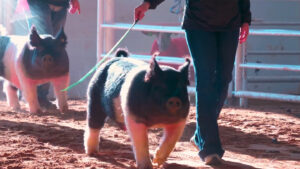Raising, breeding, and exhibiting market lambs and sheep can be both fun and profitable. It can also be a challenge when you are faced with preventing and treating sheep wool fungus. Ringworm in sheep is caused by two different types of fungi: Trichophyton and Microsporum, which could bind parasites to the sheep’s wool.
Ringworm not only spreads among animals, but humans can get it as well. This condition is characterized by skin lesions and can even leave scarring. If you have sheep and market lambs, it’s helpful to know how to spot, treat, and especially prevent all sorts of sheep wool fungus.
What Causes Sheep Wool Fungus?
Sheep wool fungus, or ringworm, was not a common condition until recently. It began making a strong appearance at shows throughout Colorado, New Mexico, and Wyoming beginning in 1989. By 1992, the issue was also a concern in Kentucky, and it has migrated to Tennessee as well.
The fungus can be transmitted among animals, or it can be transmitted through equipment such as sheep blankets, brushes, combs, clippers, and even fences. Sheep that are most susceptible to ringworm infection include:
- Animals that have never had ringworm before
- Animals with poor nutrition
- Young sheep
- Sheep that are kept in close contact with infected animals
- Animals that are kept in warm, damp, and poorly ventilated areas
- Animals that are washed too frequently
- Animals that come into contact with infected flies
How to Prevent Your Sheep From Getting Wool Fungus
The best treatment for wool fungus is to never have to deal with it in the first place. In other words, you should take proper steps to prevent ringworm from entering your property or touching your animals. You can do this by first isolating all new animals to your property for 30 days. A treatment with chlorhexidine is also a good idea before they are released into the population.
Avoid excessive bathing of sheep as it results in a loss of lanolin, creating more susceptibility to fungus. As ringworm can survive for months on objects, always completely disinfect items such as sheep blankets, brush, combs, clippers, fences, and soil.
How You Can Tell If Your Sheep Has Wool Fungus
If you suspect that your sheep has a fungus issue, there are several signs and symptoms that can confirm your suspicions. Between one week and one month after exposure, your sheep will show its first signs of infection. Sheep wool fungus affects both the wool and the outer skin layers. The fungus will spread outward from the infection site in a circular pattern, causing wool loss.
The most likely areas of infection include your sheep’s neck, ears, and head. The first sign that there is an issue is usually a raised portion of clumped or stiff wool. You will feel this more than you will see it. Most animals that get ringworm and fungus will recover in four months or less, although there might be a dark spot of wool left over.
Utilizing sheep blankets will help keep your animal covered, clean and dry while effectively preventing fungal infections.
How to Treat Sheep Wool Fungus
If your sheep gets wool fungus, the first thing you should do is remove the wool at least two inches around the infected area. Next, take a brush and soapy water to remove the scab down to the skin. You should also dispose of or thoroughly disinfect all brushes, wool, scabs, and clippers. Treating the area will not only shorten healing time, but it is also going to prevent the fungus from spreading to other animals and humans.
Some of the disinfectants that you can use include a 1:10 dilution of Chlorox, a 1:300 dilution of Captan, or 3 oz. per gallon of water of Nolvasan. When you use disinfectant, treat the entire animal and do the treatment daily for five days. Afterward, repeat this just weekly for three more treatments.
Owning and exhibiting sheep and market lambs can be a rewarding experience, provided you are well versed on the aspects of providing a healthy environment for your animal. Keeping all equipment disinfected and other preventative measures can keep your animal healthy and prevent any further spread of a sheep wool fungus issue.


